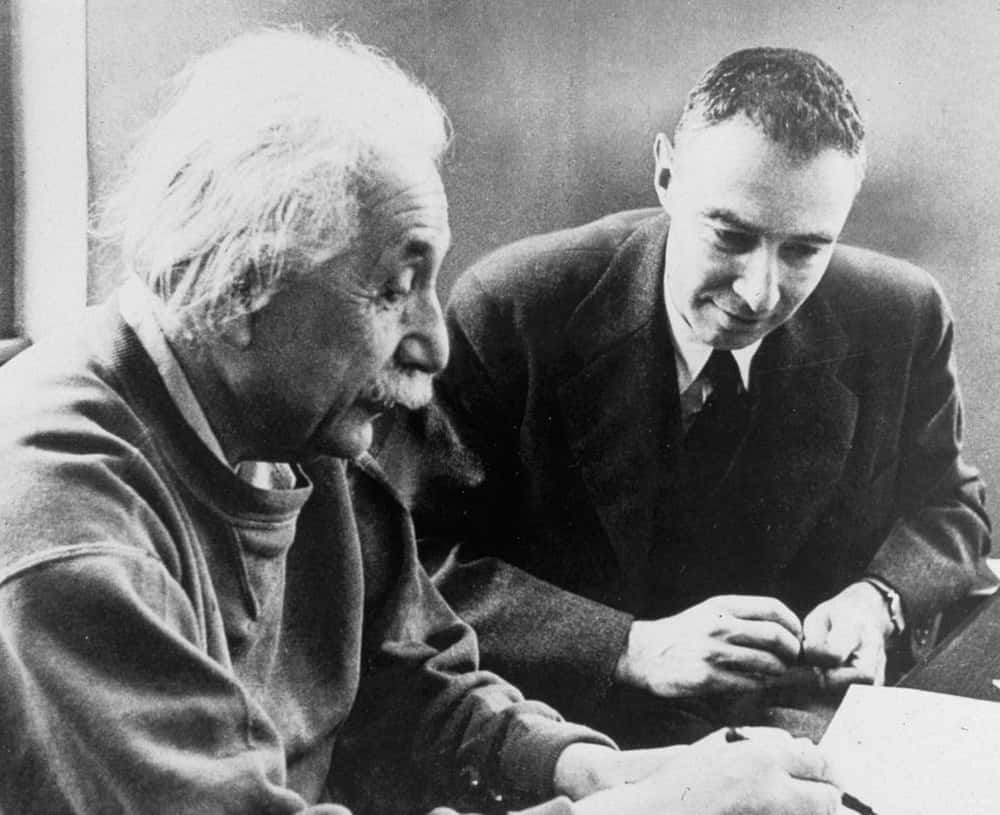In 1905, Sir Albert Einstein proposed his theory of the photoelectric effect, which supports the idea that light consists of particles carrying discrete packets of energy. A contemporary physicist disagreed with this theory and designed an experiment to disprove it. However, by accident, he ended up confirming Einstein’s theory instead. As a result, he too was awarded the Nobel Prize for proving the photoelectric effect. Can you name the physicist?

